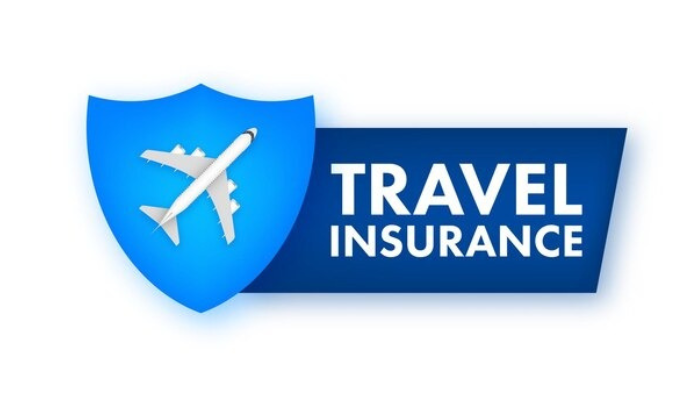
Navigating travel insurance can be complex, given intricacies hidden in fine print. Discover the extent of your genuine coverage
Alarming findings from a recent survey on the Australian government website Smarttraveller reveal that one in six Australians embarked on their last international journey without any insurance. Even among those with insurance, more than 80% neglected to thoroughly review their policy’s product disclosure statement (PDS), a crucial step in comprehending the extent of coverage.
In response to these results, Andrew Hall, the CEO of the Insurance Council of Australia, emphasized the substantial risk Australians are exposing themselves to. He underscored the significant role of personal responsibility in travel plans, urging individuals to meticulously read the details of their policy to ensure adequate coverage.
However, insurers often complicate the process of comprehending coverage for consumers. Discrepancies commonly exist between the prominent payout figures presented in travel insurance sales documents and the intricate details, exceptions, exclusions, and other potential pitfalls embedded in the fine print of a Product Disclosure Statement (PDS).
The Australian Securities and Investments Commission (ASIC) highlighted this exact concern last year when Allianz and AWP pleaded guilty to issuing false statements about travel insurance between 2016 and 2018.
Whether you are procuring a policy for your upcoming journey or already possess one, it is imperative to scrutinize the PDS before your departure, regardless of the numerous mind-boggling pages of legal language it may contain.
Why the PDS matters
Seeking clarification through phone inquiries may not yield accurate information from potential insurers. During the investigation for this article, Guardian Australia reached out to several travel insurance company call centers to seek clarification on payment guidelines. On several occasions, call center representatives provided inaccurate responses that exaggerated potential payouts. They also emphasized that any advice given was of a general nature and that only the PDS would be legally binding.
Consumer advocacy group Choice advises a thorough examination of the following:
- The table of benefits in a Product Disclosure Statement (PDS), providing a concise overview of your coverage.
- The policy cover section, categorized into “what we will pay for” and “what we won’t pay for.”
- General exclusions.
- Preexisting conditions.
- The word-definition table.
- Required paperwork for claims.
- The Covid-cover section.
- Information on 24-hour emergency assistance.
Mind the connecting flight times
In the past year, 40% of Australians experienced flight delays or cancellations, making these disruptions a common occurrence for most travelers.
For cancellations or delays caused by the airline, compensation must be pursued directly from the airline. Typically, airlines may provide options such as rebooking on a later flight or offering credit. Travel insurance claims can only be pursued if the cancellation or delay results from circumstances beyond the airline’s control, such as inclement weather or strikes.
However, numerous airlines do not provide reasons for cancellations or delays. In such instances, you need to provide the airline with details of your request and present your insurer with a reasonable explanation for the unavailability of this information – a task that may be challenging or burdensome.
Insurers also vary in their coverage of delays not attributable to airlines. For example, Cover-More excludes coverage for missed connecting flights if the scheduled transit time is less than 90 minutes, even if the airline itself scheduled a tighter connection. World2Cover only entertains claims for flight delays exceeding six hours.
Exercise caution regarding exclusions related to stolen luggage (and take steps to minimize your risk)
Make sure to review the definition of “unattended” in the PDS word definitions, particularly in the context of luggage stolen from cars, placed in the luggage area of a train, or checked in at an airport. Additionally, be aware that different insurers have varying item limits for laptops, cameras, smartphones, and tablets.
For those embarking on a driving holiday, scrutinize the details of luggage stolen from cars. Typically, policies require the theft to occur from a locked boot or concealed storage compartment during daylight hours, with forced entry into the car, and a police report being filed for any potential payout. In situations where theft happens from an unlocked car, the luggage is in plain sight, or left in a car overnight, coverage will not apply.
Moreover, some insurers may impose additional limits for luggage stolen from cars. For example, Cover-More reduces its payment for stolen luggage to $2,000 per vehicle, excluding the chosen excess. Other payments for stolen luggage range from $5,000 to $25,000 per person, depending on the selected coverage level.
Travel insurance exhibits a considerably lower loss ratio, which is the payment of claims as a percentage of total premiums, compared to other insurance types such as car or home contents. An analysis conducted by the European Insurance and Occupational Pensions Authority revealed that, on average, for every €100 spent on travel insurance, total payments amounted to only €14. In contrast, the loss ratio for car or home insurance typically ranges from 60% to 75%.
This disparity can be attributed in part to elevated administration costs, constrained underwriting practices, and a substantial layer of commission-earning intermediaries (such as Flight Centre, Qantas, and state car associations). Additionally, the presence of caps and exclusions for the most probable worst-case scenarios contributes to this trend.



